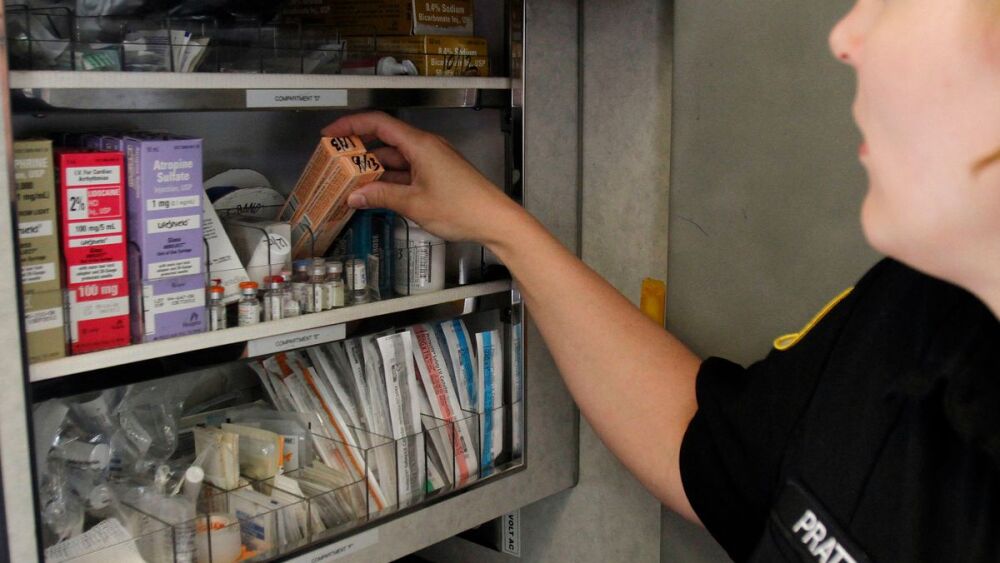EMS providers operate in a fast-paced environment where decisions are often made quickly with little information and under less than ideal conditions. Include the human factor element and it becomes the perfect setting for a medication error to occur. While many providers may not bring up the topic, most have either witnessed, or been involved with, a medication error.
According to the Center for Drug Evaluation and Research, the Division of Medication Error Prevention and Analysis a medication error is “any preventable event that may cause or lead to inappropriate medication use or patient harm while the medication is in the control of the health care professional, patient, or consumer. Such events may be related to professional practice, health care products, procedures, and systems, including prescribing; order communication; product labeling, packaging, and nomenclature; compounding; dispensing; distribution; administration; education; monitoring; and use.”
Everyone is at risk
Who is at risk for making a medication error? The simple answer is: Everyone.
We are all human and prone to error. In addition, when analyzing medication errors, many errors can be linked to either a poor system design and/or a lack of safety behaviors.
Historically, EMS providers were expected to not only have drug dosages and protocols memorized, but they also were expected to be able to perform mental calculations for the appropriate patient dose. This expectation was further emphasized by certification programs that required rote memorization of formulas/ protocols.
In today’s health care, research has shown that memorization/mental calculation of dosing can actually increase the risk of committing a medication error. Because of this risk, it is becoming more common to see providers use checklists and other cognitive aids.
Medication error causes
The CPS PSO database contains many medication error events with varying causal factors. One trend recently observed involved morphine and midazolam and indicated the two medications were being confused and wrongly administered. While causal factors vary, many times it is the system in place that increases the likelihood of a medication error.
Examples of medication errors include:
- Similar names of medication
- Similar packaging or container
- Similar route of delivery
- Medications locked together
- No cross check process in place or time out taken before administration
Reduce errors with better systems and behaviors
There are no simple solutions for the prevention of medication errors, however, instituting the best systems and safety behaviors are important steps. There are processes that can assist with decreasing the risk, beginning with ensuring that the five rights are followed:
- Right Dose
- Right Patient
- Right Route
- Right Time
- Right Drug
Other processes recommended include:
- Cross checking prior to medication administration
- Develop a culture of patient safety
- Encourage providers to contact medical control with questions rather than rely on memory
- Report adverse events, near misses and unsafe conditions to identify system flaws and allow for learning.
“Patients should be encouraged to maintain an accurate written medication list with them at all times and include not only what they are taking, but why. Maintaining an accurate list and assuring health care professionals including physicians, nurses, pharmacists, and EMS personnel have access to the list can prevent serious medication errors and adverse events from occurring when entering the health care systems,” said Amy Vogelsmeier, PhD, RN , FAAN, Associate Professor, University of Missouri Sinclair School of Nursing, Consultant to the Center for Patient Safety.
This article, originally published on June 14, 2016, has been updated



